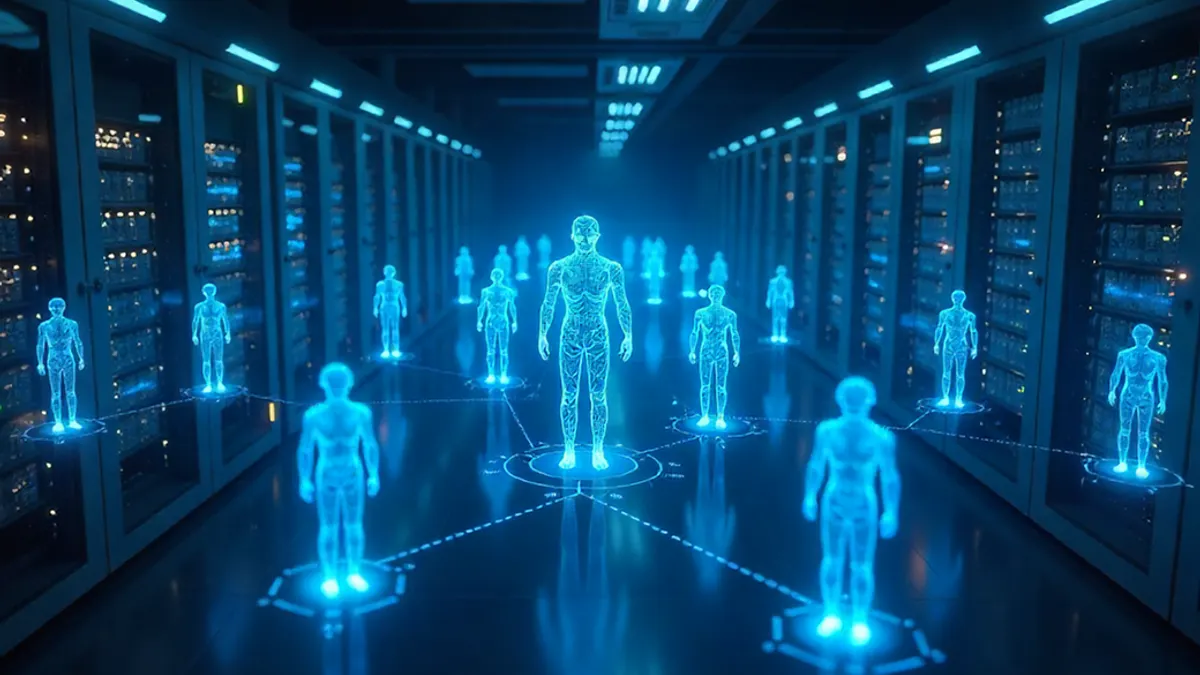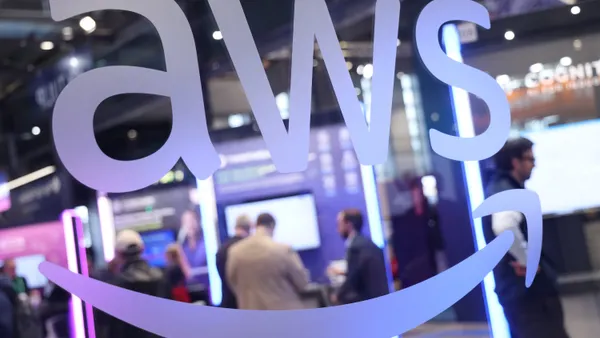AI agents have taken over the modern-day business world. Every business is trying to incorporate AI agents into its existing workflow. The reason? Autonomy! AI agents go beyond traditional automation with their ability to act and make decisions on their own, minimizing human intervention. This grants businesses better efficiency and release velocity.
It isn’t surprising that businesses are shifting their focus towards either building an AI agent of their own or leveraging an existing one available for public use. However, the real question is how do businesses ensure the reliability of these AI agents? .
Agent-to-agent testing plays a key role here by enabling developers and testers to simulate interactions (reasoning, intent recognition, and conversational tone) between AI agents in a controlled environment. This helps identify potential flaws to ensure seamless performance, accelerating its widespread adoption.
Why AI Agents Must Be Tested Before Deployment?
AI agents work autonomously. They can adjust their behavior according to the environment, understand the context, and learn through the knowledge they gather over time. The best part is, they can scale themselves by provisioning new resources automatically when required.
Agents with such characteristics cannot be tested through traditional methods, as such methods work on absolute decisions and not autonomous and dynamic calculations. For instance, no tester can generate all the traffic flow patterns for an agent embedded into an IoT device (Yes! Agents can be integrated in IoT as well).
Another problem that comes with a surge in agent deployment is their complexity and the diverse domains in which agents work. They are deployed for critical tasks where linear agents fail. One mistake in its analysis will not only produce a wrong result once, but the agent will also learn from it and deviate from its correct characteristics forever.
Can Agents Test Other AI Agents?
A better solution to overcome the challenge is to deploy another agent whose sole purpose is to test the primary agent. Since the testing agent will work on AI (like any other agent), it can create its own testing scenarios and learn through responses to create future strategies.
The testing agent can understand the context and the working environment to mimic real-time scenarios and feed into the primary agent. It is the closest one can get to testing AI agents to guarantee superior quality and better handling of real-time situations.
In agent-to-agent testing, three patterns are deployed for scalable continuous validation of AI agents. First, a single source agent tests a single target agent. Second, multiple source agents test a single target agent. Lastly, multiple agents test each other regularly to point out any anomalies.
For example, there are AI-Agentic cloud platforms like LambdaTest that allow teams to perform Agent to Agent Testing, providing intelligent agents that can test other agents. These agents including chatbots, voice assistants, and phone-based assistants.
Using the LambdaTest Agent to Agent Testing platform, you can leverage test scenario generation through 15+ AI agents, including the conversation flow agent, intent recognition agent, and context handling agent. This process ultimately generates an actionable report that provides insights into the agent under test, highlighting key parameters such as bias, completeness, and hallucinations.
After test scenario generation, users can author these tests using LambdaTest KaneAI, a GenAI-native test agent for end-to-end testing. KaneAI allows you to generate and evolve tests using natural language prompts and includes an intelligent test planner along with multi-language code export capabilities, enabling seamless automation across both web and mobile platforms.
Current Scenario and the Road Ahead
Agent-to-agent testing goes beyond one AI analyzing another and generating a report. It involves a network of software working together over time, depending on the target agent’s complexity. Additional AI tools may be integrated to support the process, feeding data and insights back to the source agent.
Creating real-world scenarios can’t always be done in a day or two, even by AI agents, and often requires high-performance GPUs that many businesses can’t support. Key processes also play a critical role, including cleaning raw data before feeding it to another AI agent, integrating CI/CD pipelines for continuous testing, and validating resource provisioning to ensure the system can scale smoothly.
AI agents are the future of quality engineering, and it is best if this process moves ahead slowly with gradual progress. Starting with smaller AI involvement and moving towards completely autonomous agents will ensure we build a reliable and scalable architecture with minimum defects and the highest quality.










